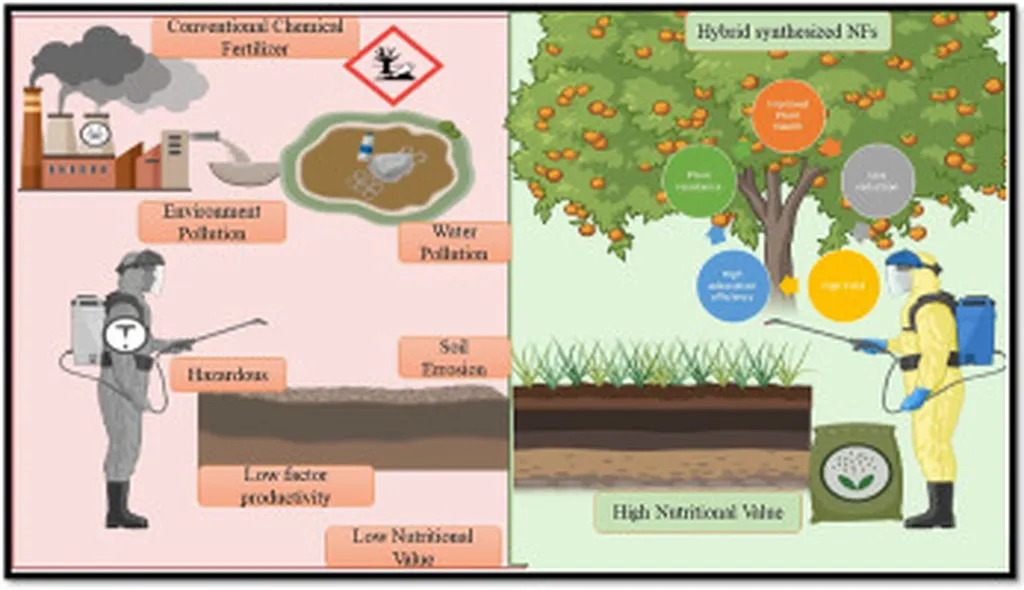In the quest for sustainable agriculture, researchers are turning to innovative methods to transform agricultural by-products into high-quality organic fertilizers. A recent study led by Dr. Wang Rongjiao from the Panzhihua Academy of Agricultural and Forestry Sciences in China has shed light on the potential of nanomembrane aerobic composting to revolutionize the composting process. Published in the *Polish Journal of Microbiology* (translated as *Polish Journal of Microbiology*), the research offers promising insights into enhancing composting efficiency and nutrient quality.
The study compared nanomembrane aerobic composting with conventional methods, focusing on the decomposition of tomato straw over a 28-day period. The results were striking. Nanomembrane composting achieved a higher initial temperature, which accelerated the breakdown of organic matter and promoted nutrient conversion. This method maintained higher levels of organic carbon and increased the concentrations of total nitrogen, phosphorus, and potassium compared to traditional composting.
Dr. Wang Rongjiao emphasized the significance of these findings: “Nanomembrane aerobic composting not only speeds up the composting process but also enhances the quality of the resulting organic fertilizer. This could have substantial implications for sustainable agriculture and waste management.”
One of the most intriguing aspects of the study was the microbial dynamics observed during the composting process. Microbial profiling revealed that fungal diversity was markedly higher in the nanomembrane-treated compost, suggesting enhanced microbial activity. Interestingly, bacteria were undetectable by the third day of fermentation, raising questions about their role in the middle and late stages of composting.
“This suggests that fungi might play a more significant role in the fermentation process of organic fertilizers than previously thought,” Dr. Wang noted. “Understanding these microbial interactions could lead to more efficient and effective composting methods.”
The implications of this research extend beyond agriculture. As the demand for sustainable practices grows, industries are seeking innovative solutions to reduce waste and improve resource efficiency. Nanomembrane aerobic composting offers a promising avenue for achieving these goals, potentially transforming the energy and waste management sectors.
The study’s findings could pave the way for future developments in composting technology, with a focus on optimizing environmental conditions to promote microbial activity. By harnessing the power of fungi and other microorganisms, researchers may unlock new possibilities for sustainable agriculture and waste management.
As Dr. Wang Rongjiao’s research demonstrates, the future of composting lies in innovative technologies that enhance efficiency and quality. With further exploration and development, nanomembrane aerobic composting could become a cornerstone of sustainable agriculture, offering a greener and more efficient way to manage agricultural by-products.

